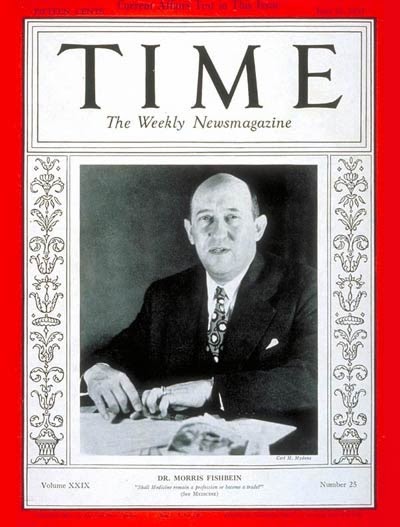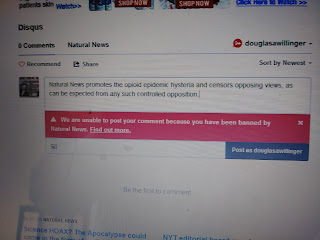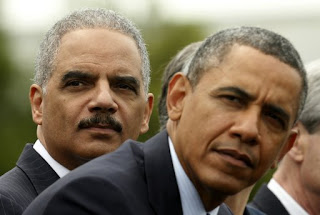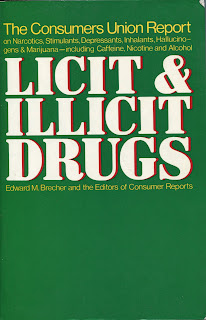Self Styled "Quackbuster" JAMA editor 'Dr' Morris Fishbein "instrumental in helping the tobacco companies conduct acceptable "scientific" testing to substantiate their claims"
AMA Quack Morris Fishbein
http://en.wikipedia.org/wiki/Morris_Fishbein#cite_note-2
Morris Fishbein M.D. (July 22, 1889 – September 27, 1976) was a physician with surprisingly little clinical experience but despite this he became the editor of the Journal of the American Medical Association (JAMA) from 1924 to 1950. In 1961 he became the founding Editor of Medical World News, a magazine for doctors. In 1970 he endowed the Morris Fishbein Center.[1] He was also notable for exposing quacks, notably the goat-gland surgeon John R. Brinkley, and campaigning for regulation of medical devices.
http://www.huffingtonpost.com/dana-ullman/how-the-ama-got-rich-powe_b_6103720.html
excerpt
Fishbein was a medical doctor who did not practice medicine. He was, however, an effective advocate for conventional medicine and a vocal critic of unconventional treatments. Shortly after he became head of the AMA, he wrote several books sharply critical of "medical quackery." He called chiropractic a "malignant tumor," and he considered osteopathy and homeopathy "cults." While Fishbein certainly provided benefit to the general public by warning them about some of the medical chicanery that existed at the time, he lumped together everything that was not taught in conventional medical schools and considered all such modalities quackery.(6) When one considers that the vast majority of medicine practiced in that era was inadequately tested and dangerous to varying degrees, Fishbein's obsessive fight against certain treatments provided direct benefits to the physicians he was representing.
Fishbein's frequent and strident attacks on "health fraud" were broadcast far and wide, in part through his own newspaper column, syndicated to more than 200 newspapers, as well as a weekly radio program heard by millions of Americans. His influence on medicine and medical education was significant, and it is surprising how few medical history books mention his influence or his questionable tactics. Time magazine referred to him as "the nation's most ubiquitous, the most widely maligned, and perhaps most influential medico" (June 21, 1937).
There are also numerous stories about Fishbein's efforts to purchase the rights to various healing treatments, and whenever the owner refused to sell such rights, Fishbein would label the treatment as quackery (Ausubel, 2000). If the owner of the treatment or device was a doctor, this doctor would be attacked by Fishbein in his writings and placed on the AMA's quackery list. And if the owner of the treatment or device was not a doctor, it was common for him to be arrested for practicing medicine without a license or have the product confiscated by the Food and Drug Administration (FDA) or the Federal Trade Commission (FTC). Fishbein denied these allegations, but the AMA was tried and convicted of anti-trust violations for conspiracy and restraint of trade in 1937. Further, Fishbein wrote numerous consumer health guides, and his choice of inclusion for what works or what doesn't work was not based on scientific evidence.
Fishbein extended Simmons's idea for the AMA seal of approval to foods, and by including a significant amount of advertising from food and tobacco companies, he was able to make the AMA and himself exceedingly rich. In fact, under his reign, the tobacco companies became the largest advertiser in JAMA and in various local medical society publications. In fact, Fishbein was instrumental in helping the tobacco companies conduct acceptable "scientific" testing to substantiate their claims. Some of the ad claims that Fishbein approved for inclusion in JAMA were: "Not a cough in a carload" (for Old Gold cigarettes), "Not one single case of throat irritation due to smoking Camels," "More doctors smoke Camels than any other cigarette," "Just what the doctor ordered" (L&M cigarettes), and "For digestion's sake, smoke Camels" (because the magical Camel cigarettes would "stimulate the flow of digestive fluids").
By 1950, the AMA's advertising revenue exceeded $9 million, thanks in great part to the tobacco companies.
Coincidentally, shortly after Fishbein was forced out of his position in the AMA in 1950, JAMA published research results for the first time about the harmfulness of tobacco. Medical student Ernst Wynder and surgeon Evarts Graham of Washington University in St. Louis found that 96.5 percent of lung cancer patients in their hospitals had been smokers. Very shortly after the Morris Fishbein left the AMA, he became a high-paid consultant to one of the large tobacco companies, and JAMA finally was able to publish a slew of studies that confirmed the real dangers of tobacco.
http://freedomofmedicineanddiet.blogspot.com/2015/02/the-ama-needs-to-be-sued-for-criminal.html
http://freedomofmedicineanddiet.blogspot.com/2012/12/the-evil-prohibition-to-promote.html




Comments
Post a Comment